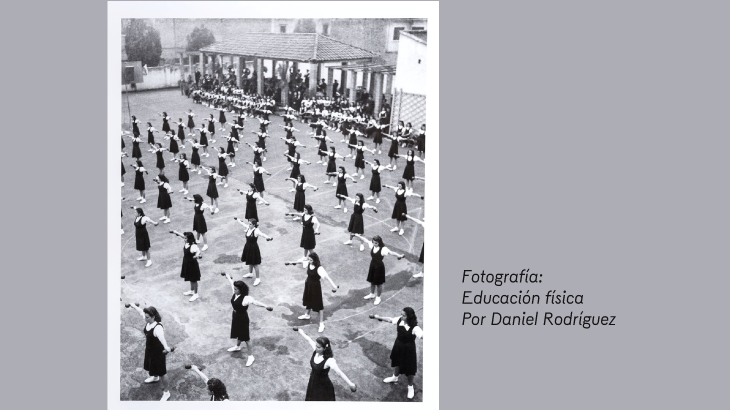
The most recent
Abstract
Across the world educated women tend to have fewer children than their less-educated peers. This paper provides new stylised facts about the long-run relationship between women’s education and fertility at both the national and individual levels. I focus on Colombia, a country that experienced both a rapid fertility decline and fast expansion of education in the mid-20th century and I use data from the censuses of 1973, 1985, 1993, 2005 and 2018. The findings caution that the relationship between fertility and women’s education is not always monotonic and this relationship changes significantly depending on the aggregation of the data. At the individual level, the relationship between education and fertility holds strongly and education increases the probability of remaining childless, reduces the total number of children and the likelihood of having a birth at a younger and older age, suggesting a strong trade-off between education and fertility. Peer effects, such as the percentage of peers with secondary education, are ruled out, which suggests that the externalities of education had a moderate effect on uneducated women. On the other hand, at the national level, the fertility decline cannot be explained by education as fertility has fallen continuously in all educational groups since 1965.

